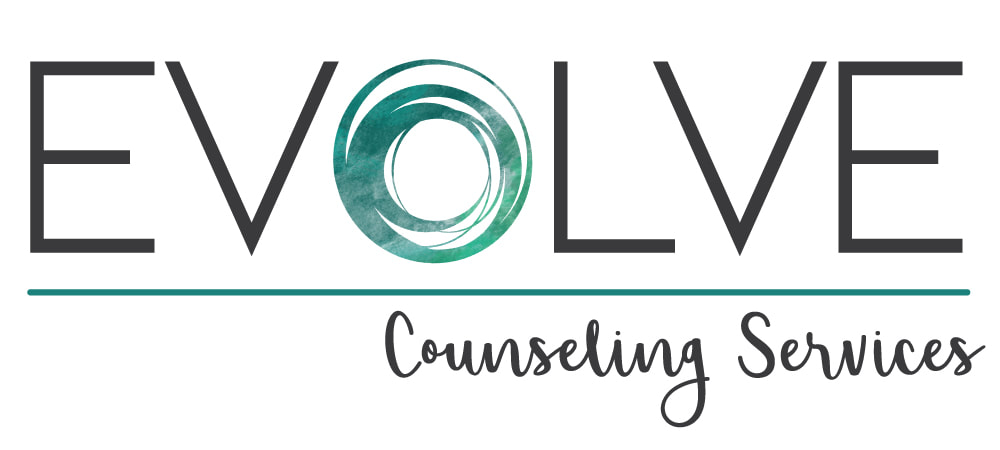
Understanding PTSD and Its Impact on the Brain
June 17, 2024
Is Anorexia a Mental Illness? Understanding Its Impact on Mental Health
June 24, 2024Post-Traumatic Stress Disorder (PTSD) is a complex and often debilitating condition that arises after experiencing or witnessing a traumatic event. While PTSD can significantly impact an individual’s life, the question remains: Can PTSD go away? This blog will explore the process of healing from PTSD, how long it takes to heal, the role of medicine in treatment, and whether it is possible to overcome PTSD.

Healing from PTSD
Healing from PTSD is a multifaceted process that involves psychological, emotional, and sometimes physical recovery. It often requires a combination of therapies, medications, and lifestyle adjustments. The journey to recovery is unique for each person, and while some may find relief relatively quickly, others may face a longer road.
1. Therapeutic Approaches
Therapy is a cornerstone of PTSD treatment. Various therapeutic approaches can help individuals process trauma and develop coping mechanisms.
- Cognitive Behavioral Therapy (CBT): CBT helps individuals identify and change negative thought patterns and behaviors associated with PTSD.
- Exposure Therapy: This form of therapy gradually exposes individuals to trauma-related stimuli in a controlled environment to reduce fear and anxiety.
- Eye Movement Desensitization and Reprocessing (EMDR): EMDR uses guided eye movements to help individuals process and integrate traumatic memories.
2. Support Systems
Support from family, friends, and support groups plays a crucial role in healing from PTSD. Connecting with others who have experienced similar trauma can provide comfort and understanding.
3. Lifestyle Changes
Healthy lifestyle changes can significantly aid healing, such as regular movement, proper nourishment, and mindfulness practices. These changes can help reduce stress and improve overall well-being.
How Long Does It Take to Heal from PTSD?
The duration of healing from PTSD varies widely among individuals. Several factors influence the length of recovery, including the severity of the trauma, the presence of a support system, and the individual’s overall mental health.
1. Severity of Trauma
The intensity and duration of the traumatic event can impact how long it takes to heal. More severe or prolonged trauma may result in a more extended recovery period.
2. Early Intervention
Early intervention with therapy and support can significantly shorten the recovery time. Individuals who seek help soon after the traumatic event often have better outcomes.
3. Personal Factors
Personal resilience, coping skills, and additional stressors in life also play a role in determining the healing timeline.
While some individuals may experience significant improvement within a few months, others may need several years to recover fully. In some cases, PTSD symptoms may persist for a lifetime, requiring ongoing management.
Medicine for PTSD
Medication can be a practical component of PTSD treatment, helping to manage symptoms and improve quality of life. Several types of medications are commonly prescribed for PTSD.
1. Antidepressants
Selective serotonin reuptake inhibitors (SSRIs), such as sertraline (Zoloft) and paroxetine (Paxil), are often the first-line treatment for PTSD. These medications can help alleviate symptoms of depression and anxiety associated with PTSD.
2. Anti-Anxiety Medications
Benzodiazepines may be prescribed for the short-term relief of severe anxiety symptoms. However, they are generally not recommended for long-term use due to the risk of dependency.
3. Prazosin
Prazosin, a medication traditionally used to treat high blood pressure, has been found effective in reducing nightmares and improving sleep in individuals with PTSD.
4. Mood Stabilizers and Antipsychotics
In some cases, mood stabilizers or antipsychotic medications may be used to manage symptoms, especially if other treatments are not effective.
Can You Overcome PTSD?
Overcoming PTSD is possible, but it often involves a combination of treatments and ongoing management. The concept of “overcoming” PTSD can vary from person to person. For some, it means a complete remission of symptoms; for others, it involves managing symptoms effectively to lead a fulfilling life.
1. Achieving Symptom Remission
With appropriate treatment, many individuals experience a significant reduction in PTSD symptoms. Therapy, medication, and support can help individuals process their trauma and develop coping strategies.
2. Ongoing Management
For some, PTSD may not completely disappear, but with the right tools and support, individuals can manage their symptoms and minimize their impact on daily life. Ongoing therapy, medication, and lifestyle adjustments can help maintain stability and prevent relapse.
3. Building Resilience
Building resilience is a key component of overcoming PTSD. Developing strong coping skills, maintaining a support network, and practicing self-care can help individuals handle stress and reduce the likelihood of PTSD symptoms resurfacing.
In conclusion, while PTSD can be a chronic condition, many individuals find that with the proper treatment and support, they can significantly reduce their symptoms and improve their quality of life. Healing from PTSD is a journey, and while it may take time, it is possible to overcome its challenges and lead a fulfilling life.
____________________________________________________________________________
Looking for treatment for an eating disorder, anxiety, depression, trauma, or postpartum mood disorder?
Evolve Counseling Services is a specialized team of Licensed Therapists providing treatment in Paoli.



